Recent Articles
Popular Makes
Body Types
10 Top Cars with Factory Body Kits

2017 Jaguar F Type Coupe SVR orange front hero ・ Photo by Jaguar
For many people, body kits are the territory of young owners who spend their hard-earned money on unpainted, low-quality and ill-fitting aftermarket parts, but that's not the whole story. Major manufacturers currently install OEM (Original Equipment Manufacturer) body kits from the factory to help differentiate their cars from their competitors and to distinguish higher-trim models from lower-priced versions.
Body kits can also have practical purposes, directing air to improve a car’s aerodynamics or to aid in cooling the engine or brakes. If you’re looking for a car that stands out from the crowd, then read on to discover which cars our expert editors have chosen for our list of ten cars with factory body kits.
2017 Ford Focus RS
The 2017 Ford Focus RS is the Blue Oval's top-of-the-line hot hatch. To set itself apart from the pack (and to keep its styling in-tune with an all-wheel-drive performance car that generates 350 horsepower), it features an exterior body kit that is both aggressive-looking and functional, helping to create aerodynamic downforce and providing efficient heat management. The front end features a deep splitter that incorporates large openings for engine cooling, while the lower wings and outboard openings send air to cool the brakes and include the fog lights. The rear of the car features a diffuser to optimize airflow under the car and a rear spoiler to control the air going over the car, while the sides get sculptured body panels.
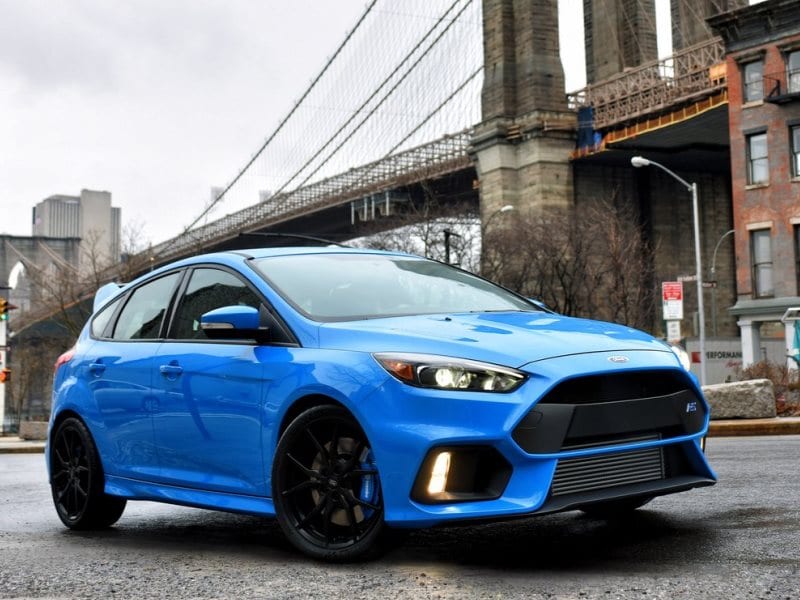
Photo by Ford
2017 BMW M4
The regular BMW 4 Series is a very nice car with a stylish design, more than adequate available power and great handling, but the 2017 BMW M4 steps it up to eleven in every department. The 425-hp turbocharged inline-six is covered by a hood with a power bulge, and there are four tailpipes in the rear to expel the exhaust gases and flared arches to cover the larger tires. You also get sporty-looking front and rear bumpers that help channel the air, a carbon-fiber roof to keep weight down and help lower the car’s center of gravity, and an integrated rear spoiler and a diffuser, both made from carbon-fiber reinforced plastic to keep weight down while increasing downforce.
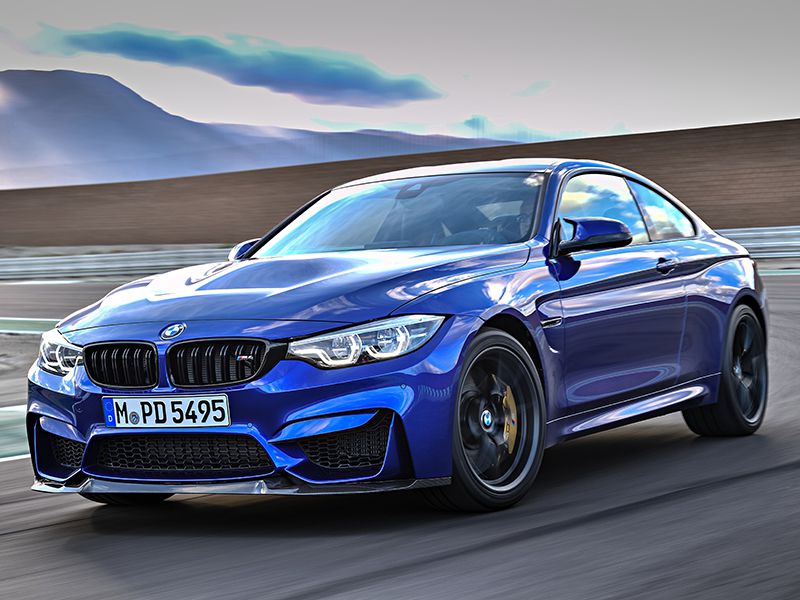
Photo by BMW
2017 Chevrolet Camaro ZL1
The first thing you notice when you look at the 2017 Chevrolet Camaro ZL1 isn’t the trick suspension or the 650-hp supercharged V8 (unless it’s running that is) -- it's the exterior tweaks and body kit that set it apart from the regular model. You get a full body kit, including a bumper with huge upper- and lower grille openings for maximum cooling, a carbon-fiber composite hood air extractor to remove air from the engine department and decrease lift, a racecar-inspired front splitter, a three-stantion spoiler that increases downforce, and unique rocker moldings. The 1LE model is even more track-ready and adds a larger front splitter with integrated dive planes and an exposed-weave carbon fiber rear wing that adds up to 300 pounds of downforce.
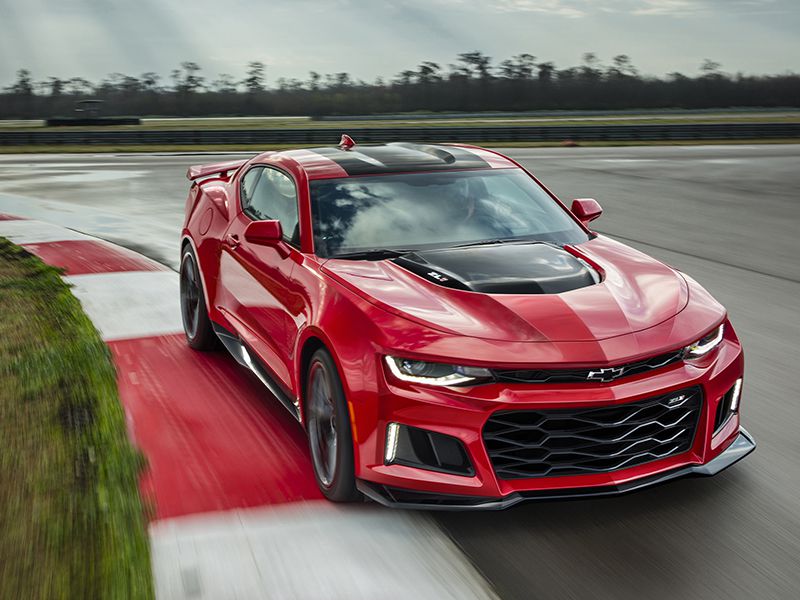
Photo by General Motors
2018 Dodge Challenger SRT Demon
The 2018 Dodge Challenger SRT Demon’s heart and soul is its 808-hp (or 840-hp when equipped with the Demon Crate’s optional ECU) supercharged V8, but every part of the car was designed to get it through the quarter mile as quickly as possible. As part of that design it features super-wide Nitto drag radials. In order to keep the tires covered, a wide-body design with concealed wheel well attachments was in order, making the Demon 3.5-inches wider than normal Challenger. You also get an Air-Grabber air-intake system that includes the largest functional hood scoop of any production car. Completing the full-on drag look, the Demon Crate also includes skinny front wheels and tires.
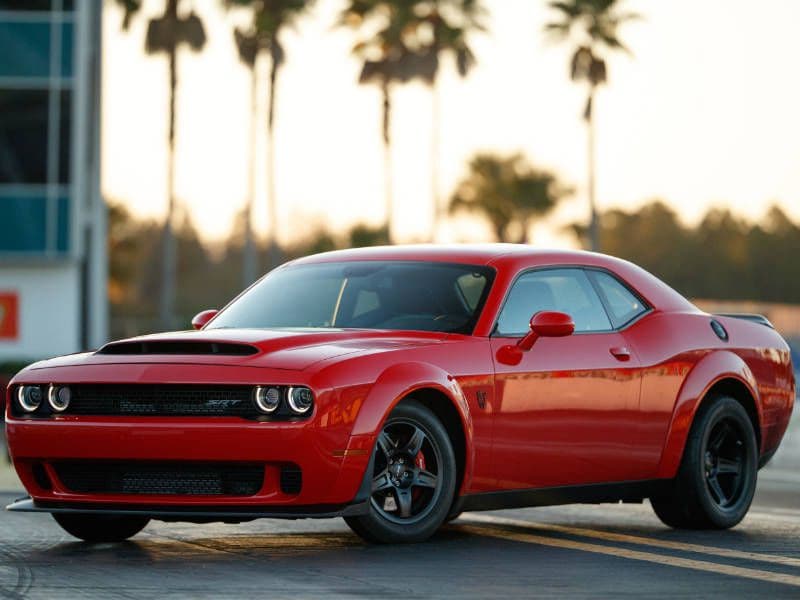
Photo by Dodge
2017 Hyundai Veloster Turbo
The 2017 Hyundai Veloster Turbo might not be the sportiest or most powerful car on the market, but it’s fun to drive and is very easy on the eyes. Though the Turbo does not have garish wings or spoilers as part of its body kit, compared to the normal Veloster (which is a little staid-looking in comparison), it gets some cool features. Its stylish front bumper has a much larger opening for cooling and airflow, the sporty-looking side skirts and unique rear bumper incorporates a diffuser and two large, round tailpipes that let the 201-hp turbocharged 4-cylinder engine breathe. A new Veloster should arrive in the next year or so, and we hope it retains its quirky Kammback styling and asymmetrical three-door design.

Photo by Hyundai
2017 Jaguar F-Type SVR
The 2017 Jaguar F-TYPE SVR sits at the top of the F-Type range thanks to its 575-hp supercharged V8, but it also gets a host of body modifications to keep it planted to the road at speed. Those parts include a splitter to create downforce, a unique lower bumper intake to help cool both the engine and brakes, bonnet louvers to maximize airflow through the engine bay and side power vents to manage airflow around the wheel arch. In the rear, a smooth rear underfloor reduces drag; a rear diffuser helps stability and the trick rear wing creates more downforce and less drag than the standard model’s and can be stowed to reduce drag for max-speed runs.

Photo by Jaguar Land Rover
2017 Lexus RC F
The 2017 Lexus RC F isn’t what you’d expect from Lexus, with its 467-hp naturally aspirated V8 and menacing styling. Contributing to its good looks are a raised hood to accommodate the engine, a large front grille flanked by L-shaped air scoops, a carefully tuned underbody and aero-stabilizing fins and stacked trapezoidal quad-outlet tailpipes. The RC F also features an active rear wing that stows in the trunk lid at lower speeds and deploys automatically to smooth airflow from the roof and increase downforce. If you choose to add the Performance Package, you get a carbon-fiber rear wing along with a carbon-fiber roof to reduce weight and lower the car’s center of gravity.
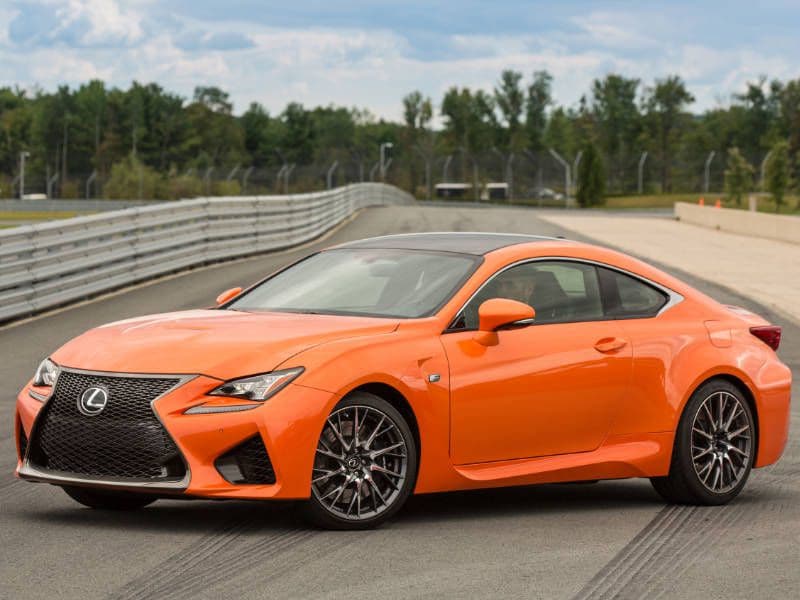
Photo by Lexus
2017 Nissan 370Z Nismo
While past versions of the aging Z featured flamboyant aerodynamic body kit, the 2017 Nissan 370Z Nismo features considerably more subtle styling. The Nismo was designed for track use, and styling changes from the base car include a more aggressive track-tested front fascia with a larger splitter for more downforce, and extra ducts for cooling, a reworked rear spoiler, a rear bumper with a diffuser and added vents, larger dual exhaust tailpipes, and sculpted side skirts to complete the package. Of course, there are changes under the skin as well, and the Nismo features wider tires, a competition-tuned suspension and a slightly more powerful version of Nissan’s venerable naturally aspirated V6 that now makes 350 hp.
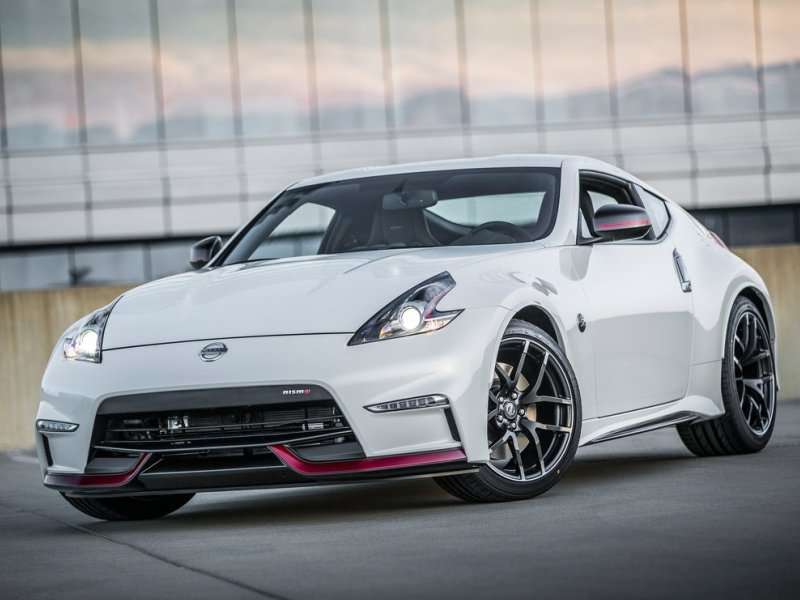
Photo by Nissan
2018 Subaru WRX STI
While the 2017 Subaru WRX STI is based on the Impreza, there are many differences between the two, not the least of which is the 305-hp turbocharged flat-four engine that makes more than twice as much horsepower as the engine found in the base car. The exterior is also quite different, with a sportier body kit then the Impreza. It is comprised of a hood with a scoop to feed the intercooler, a more aggressive front bumper, wider fenders to cover the larger tires, different side skirts, a rear diffuser, and three more tailpipes than the base car (bringing the total to four). Also part of the package is a huge trunk-mounted rear wing, while a front STI under spoiler and roof-mounted Vortex Generator are optional.
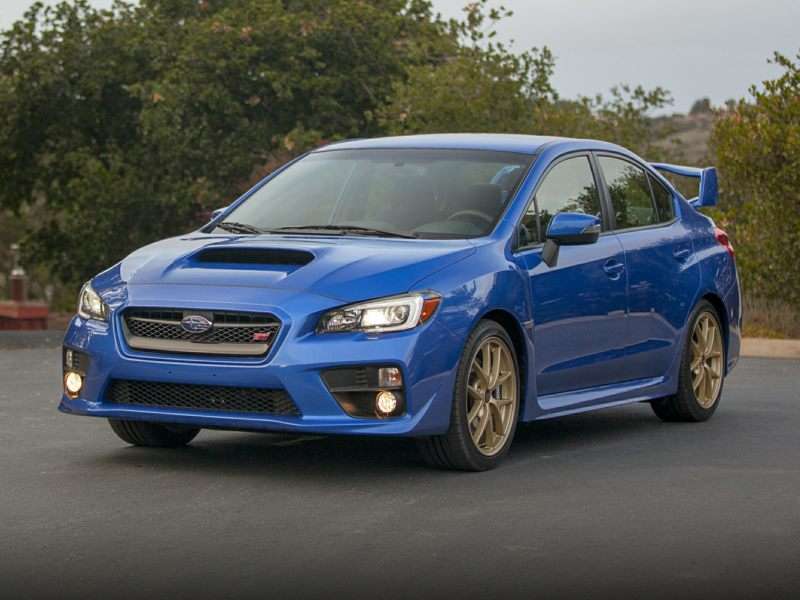
Photo by Subaru
2017 Cadillac ATS-V
The 2017 Cadillac ATS-V is the highest performance variant of the ATS, and part of its upgrades included a body kit to improve aerodynamics and enhance cooling of the brakes and 464-hp turbocharged V6. Included in the kit is an aero splitter that directs the air to reduce front-end lift, a larger front grille, brake cooling ducts, unique side skirts, a rear diffuser, quad exhaust tips and a rear spoiler. The ATS-V also uses a carbon-fiber hood that improves weight distribution and reduces under-hood pressure, drag and lift thanks to its functional air extractor. The optional Carbon Fiber package gets you exposed-weave carbon fiber in the front splitter, hood extractor, and rear diffuser, as well as a more aggressive rear spoiler.
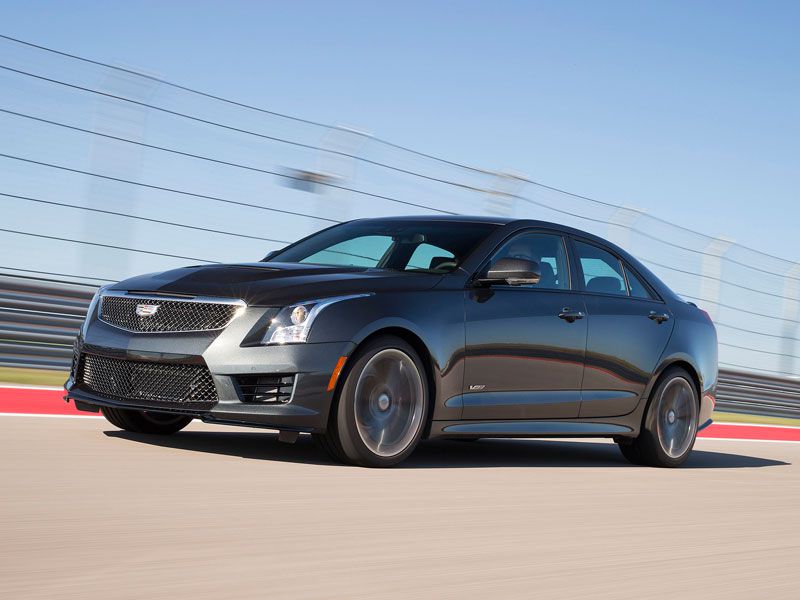
Photo by Cadillac